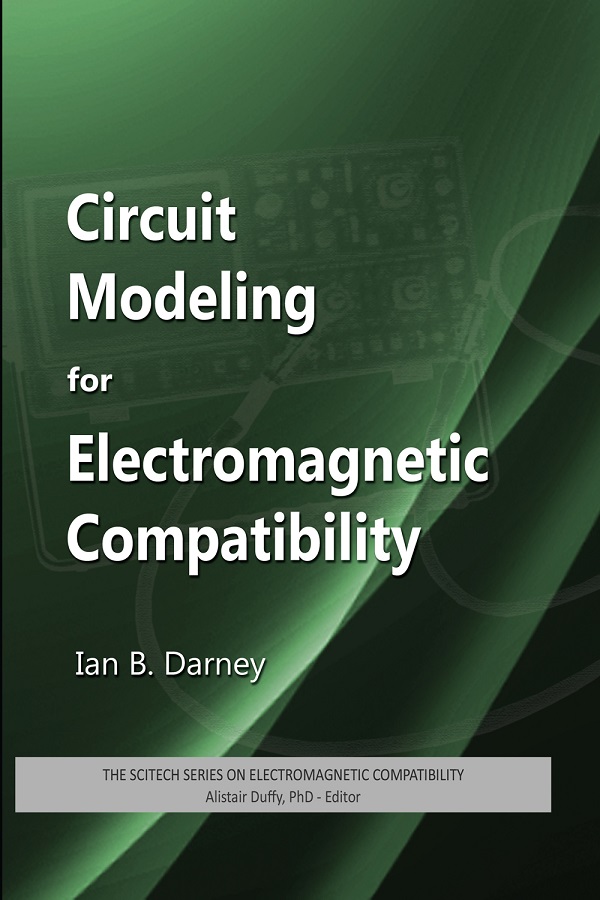- Agricultural Engineering and Technology
- Applied Physics
- Built Environment
- Computing and Networks
- Control, Robotics and Sensors
- Electrical Regulations
- Electromagnetics and Radar
- Energy Engineering
- Healthcare Technologies
- History and Management of Technology
- IET Codes and Guidance
- Manufacturing
- Materials, Circuits and Devices
- Model Forms
- Security
- Telecommunications
- Transportation

Circuit Modeling for Electromagnetic Compatibility
by Ian B. Darney
Very simply, electromagnetic interference (EMI) costs money, reduces profits, and generally wreaks havoc for circuit designers in all industries. This book shows how the analytic tools of circuit theory can be used to simulate the coupling of interference into, and out of, any signal link in the system being reviewed. The technique is simple, systematic and accurate. It enables the design of any equipment to be tailored to meet EMC requirements.Every electronic system consists of a number of functional modules interconnected by signal links and power supply lines. Electromagnetic interference can be coupled into and out of every conductor. A review of the construction of the wiring assemblies and the functions of the signals they carry will allow critical links to be identified. Circuit modeling can be used to simulate the electromagnetic coupling mechanism of each critical link, allowing its performance to be analyzed and compared with the formal requirements. Bench testing during the development of any product will allow any interference problem to be identified and corrected, long before the manufactured unit is subjected to formal testing. Key Features: A fully outlined, systematic and dramatically simplified process of designing equipment to meet EMC requirements; Focuses on simplifications which enable electrical engineers to singularly handle EMC problems; Helps minimize time-to-market of new products and reduces the need for costly and time-consuming modifications; Outlines how general purpose test equipment (oscilloscopes and signal generators) can be used to validate and refine any model; Discusses how to use Mathcad or MATLAB® to perform analysis and assessment.
About the Author
Ian B. Darney was awarded a BSc degree in Electrical Engineering at the University of Glasgow in 1960. He joined the Guided Weapons Division of British Aerospace and worked on the circuit design of equipment for missiles, ground equipment, submersibles, and spacecraft. After transferring to the Airbus Division he carried out certification work associated with lightning indirect effects, electrostatics and intrinsic safety. He was a member of the European Organisation for Civil Aviation Equipment (EUROCAE) committee which defined the requirements for the protection of aircraft from the indirect effects of lightning. Since his retirement, he has continued to work as an EMC consultant, and has written two technical papers and numerous magazine articles on EMC.
Publication Year: 2013
Pages: 312
ISBN-13: 978-1-61353-020-7
Format: HBK
